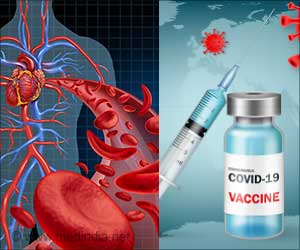Recent international observational study provides important data on the safety of head and neck cancer surgery during the COVID-19 pandemic.

‘For patients with head and neck cancer, the tumors present a much greater threat to life than the risk of developing COVID-19, assuming precautions are taken.’
Read More..




"The problems were particularly acute in head and neck cancer surgery because for many cases, cure is dependent on surgery, but there was great concern about spreading infection from aerosol-generating procedures in the airway," said corresponding author Richard J. Shaw, MD, FDS, FRCS, of The University of Liverpool Cancer Research Centre, in the U.K.Read More..
Professor Shaw and his colleagues in the COVIDSurg Collaborative examined information on 1,137 patients with head and neck cancer undergoing potentially curative surgery in 26 countries. The most common sites were the oral cavity (38 percent) and the thyroid (21 percent).
The death rate within 30 days after surgery was 1.2 percent, a rate that would be normally expected in this patient population, without a pandemic. Also, 29 (3 percent) patients tested positive for COVID-19 within 30 days of surgery; of these 13 (44.8 percent) developed severe respiratory complications and three (10.9 percent) died.
According to Professor Shaw, clinicians now know that these risks can be minimized with precautions such as staff testing, infection control measures, and vaccination.
Patients were more likely to test positive for COVID-19 when they lived in communities with high levels of COVID-19, when they had oral tumors, and when they received a tracheostomy (an opening created in the neck to facilitate placing a tube into the windpipe).
Advertisement
The investigators noted that insights from the study are especially important now, as many regions are experiencing a second wave of COVID-19 spread.
Advertisement
"For patients with head and neck cancer, the tumors present a much greater threat to life than the risk of developing COVID-19, assuming precautions are taken."
Source-Eurekalert












